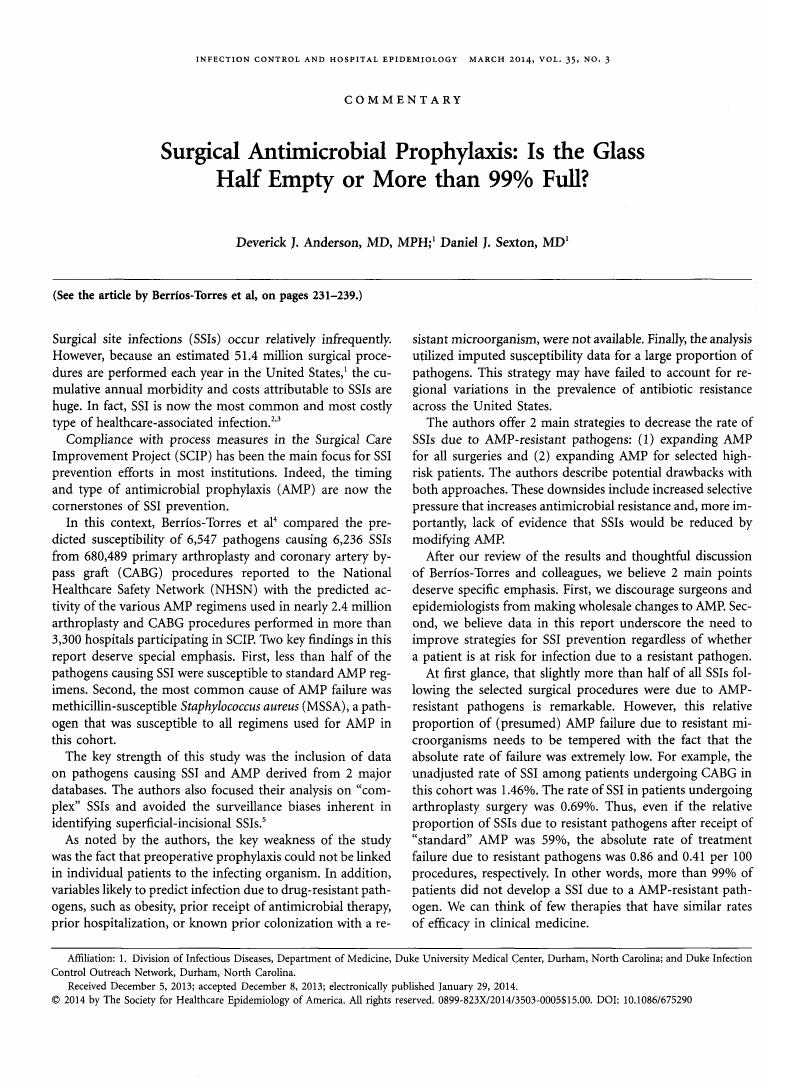Crossref Citations
This article has been cited by the following publications. This list is generated based on data provided by Crossref.
Manian, F. A.
2014.
The Role of Postoperative Factors in Surgical Site Infections: Time to Take Notice.
Clinical Infectious Diseases,
Vol. 59,
Issue. 9,
p.
1272.



